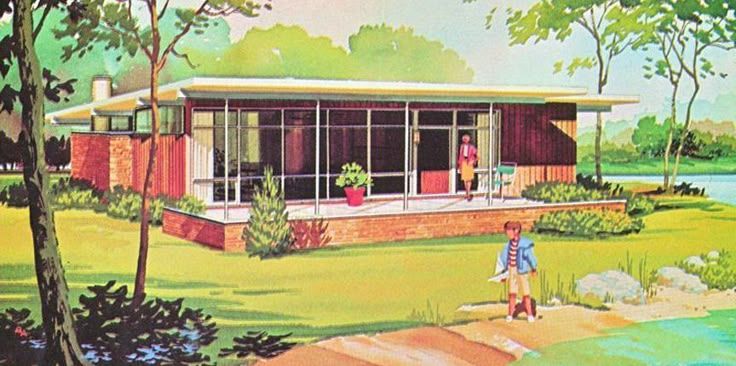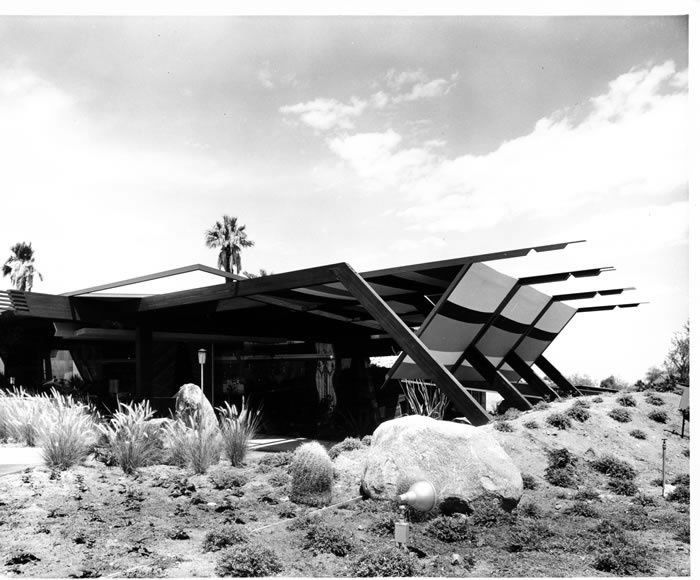Midcentury Homes: Creative Design With a Small Footprint
The average sized home in the 1960s was around 1,200 sf compared to 2,500 sf in 2025
Mid-century homes, particularly those built between the 1940s and 1960s, were significantly smaller than the sprawling residences we see today. The average size of a home in the 1950s was around 983 square feet, compared to today’s average of over 2,400 square feet. The Paul Kaplan Group has been selling mid-century homes averaging about 1,200 sf each in the Racquet Club neighborhood of Palm Springs, for over 25 years. These homes are still functional and in demand in the 2020's. But why were these homes so much smaller?
1. Post-War Practicality and Affordability
After World War II, there was a massive demand for housing due to returning soldiers and the baby boom. Developers needed to build quickly and affordably, leading to the rise of planned suburban communities with compact, efficient homes. Builders like Joseph Eichler in San Jose, and Alexander Construction Co. in Palm Springs focused on streamlined, functional homes that made homeownership accessible to the middle class.
2. Simpler Lifestyles
Families in the mid-century era lived differently than we do today. There was less emphasis on large entertainment spaces, walk-in closets, and expansive kitchens. Homes were designed with just enough space for daily living, with most activities taking place outdoors. Open floor plans helped maximize the feeling of space in smaller homes.
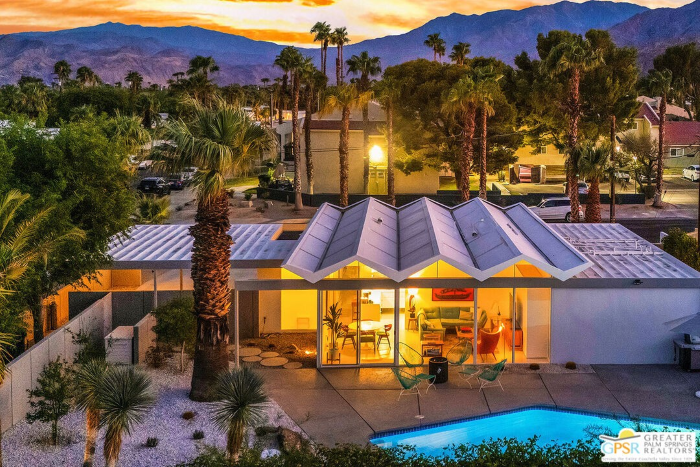
3. Climate and Design Adaptations
Mid-century homes, particularly in warm climates like Palm Springs, were designed with indoor-outdoor living in mind. Instead of large interior square footage, these homes featured walls of glass, patios, and breezeways to seamlessly connect with nature. This reduced the need for larger interiors while enhancing the overall living experience.
4. Family Structure and Needs
During the mid-century period, families were typically larger, but homes were smaller. It wasn’t uncommon for multiple siblings to share a bedroom. The need for home offices, media rooms, or oversized master suites wasn’t prevalent as work and entertainment were often outside the home.
5. Energy Efficiency & Cost Savings
Smaller homes meant lower construction costs, lower utility bills, and less maintenance. With fewer appliances and simpler HVAC systems, these homes were built with a practical, energy-conscious approach.
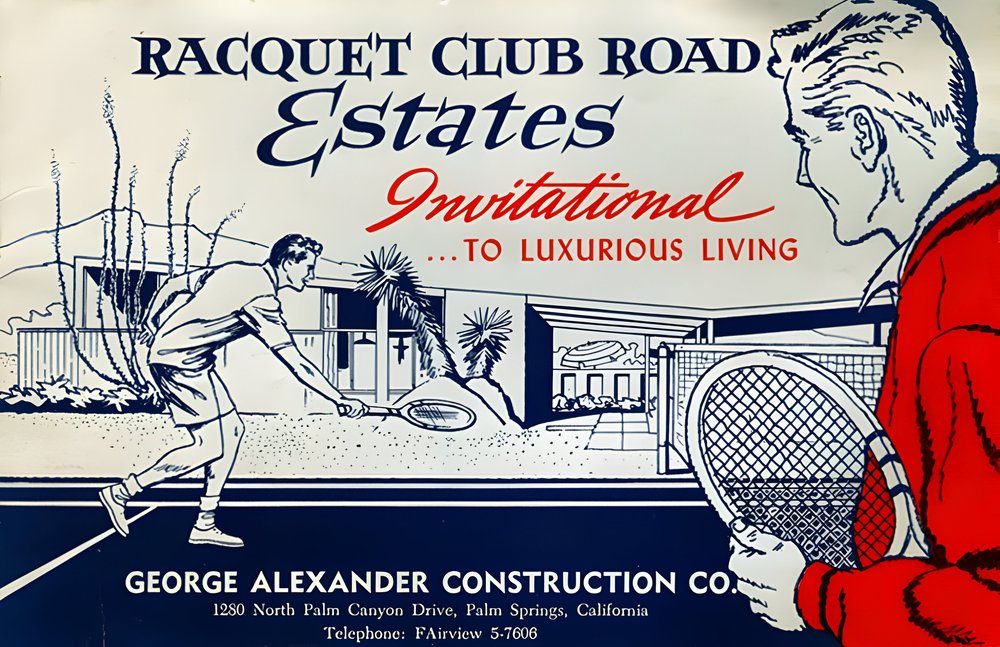
Over the past several decades, the average size of American homes has seen a significant increase. Here's a decade-by-decade overview:
- 1950s: The average new home measured approximately 983 square feet, accommodating about 3.37 people per household.
- 1960s: Homes expanded to around 1,200 square feet, with household sizes slightly decreasing to 3.33 individuals.
- 1970s: The trend continued with homes averaging 1,500 square feet, while household sizes reduced to 3.14 people.
- 1980s: New homes grew to about 1,740 square feet, and the average household size further declined to 2.76 individuals.
- 1990s: The average home size increased to 2,080 square feet, with households averaging 2.63 people.
- 2000s: By 2000, homes averaged 2,266 square feet.
- 2010s: The upward trend continued, with the average home size reaching 2,392 square feet in 2010.
- 2020s: In 2023, the average size of a single-family home built for sale in the United States was 2,514 square feet.
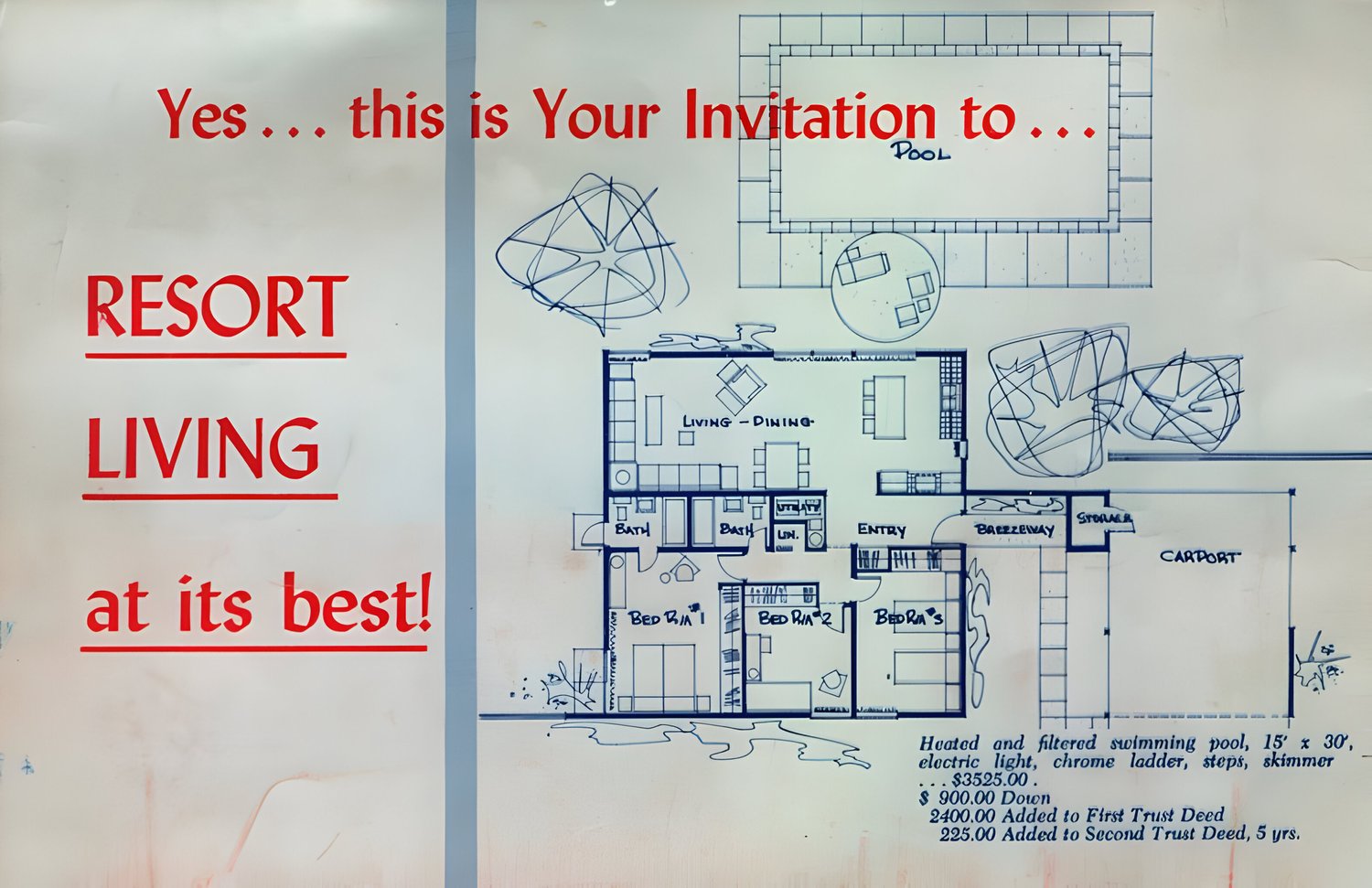
This growth in home size contrasts with the decreasing number of occupants per household, leading to more living space per person over time.
In 2023, the average size of a single-family home built for sale in the United States amounted to 2,514 square feet. Although in the past five years American homes have been shrinking, since 1975, they have almost doubled in size. This trend towards larger homes seems illogical given that the average size of families has shrunk over the same period.
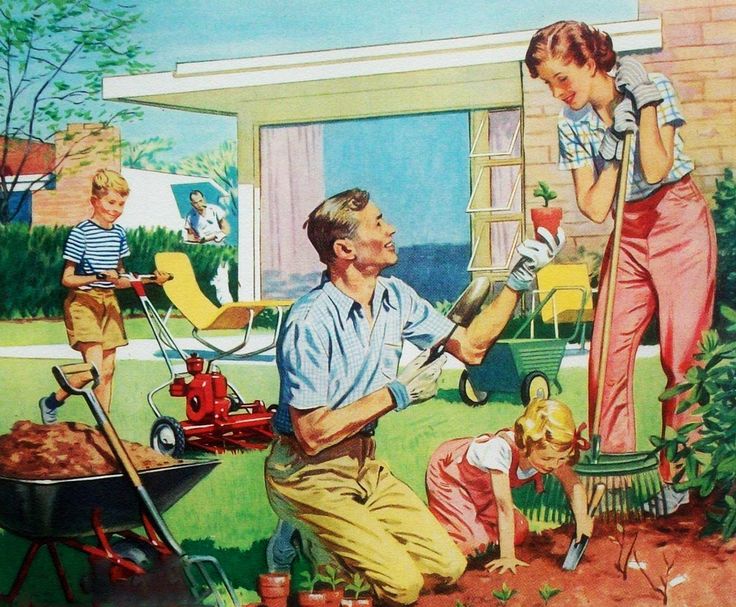
Why Larger Homes Took Over
By the 1980s and 1990s, consumer preferences shifted toward bigger homes with more amenities. Economic growth, dual-income households, and changing lifestyles contributed to the demand for larger spaces, home offices, and luxury features. Today’s new homes reflect this trend, but there’s a growing appreciation for the charm, simplicity, and smart design of mid-century homes.
Palm Springs, in particular, has preserved many of these classic homes, making them highly desirable for their minimalist aesthetic, historic significance, and efficient use of space. These homes are celebrated by architecture afficionados each year during Modernism Week.
Living in a smaller mid-century home in Palm Springs offers a perfect blend of style, efficiency, and practicality. These homes were designed with simplicity in mind, featuring open floor plans, large windows, and indoor-outdoor living spaces that maximize natural light and airflow—ideal for the desert climate. With a smaller footprint, homeowners enjoy lower maintenance costs, reduced energy bills, and less upkeep, allowing more time to relax and enjoy the Palm Springs lifestyle. Many of these homes are located in iconic neighborhoods, offering access to vibrant social scenes, breathtaking mountain views, and a strong sense of community. Plus, their timeless design and historical significance make them highly desirable, ensuring a unique living experience filled with character and charm.
Whether you’re looking for a classic Alexander-built home or a small iconic mid-century home, these homes offer a unique blend of history and timeless design. We're here to help you find one of your own here in the Palm Springs area. Contact The Paul Kaplan Group at 760-459-1396 DRE 01325586, Bennion Deville Homes.
Selling Your Home?
Get your home's value - our custom reports include accurate and up to date information.


